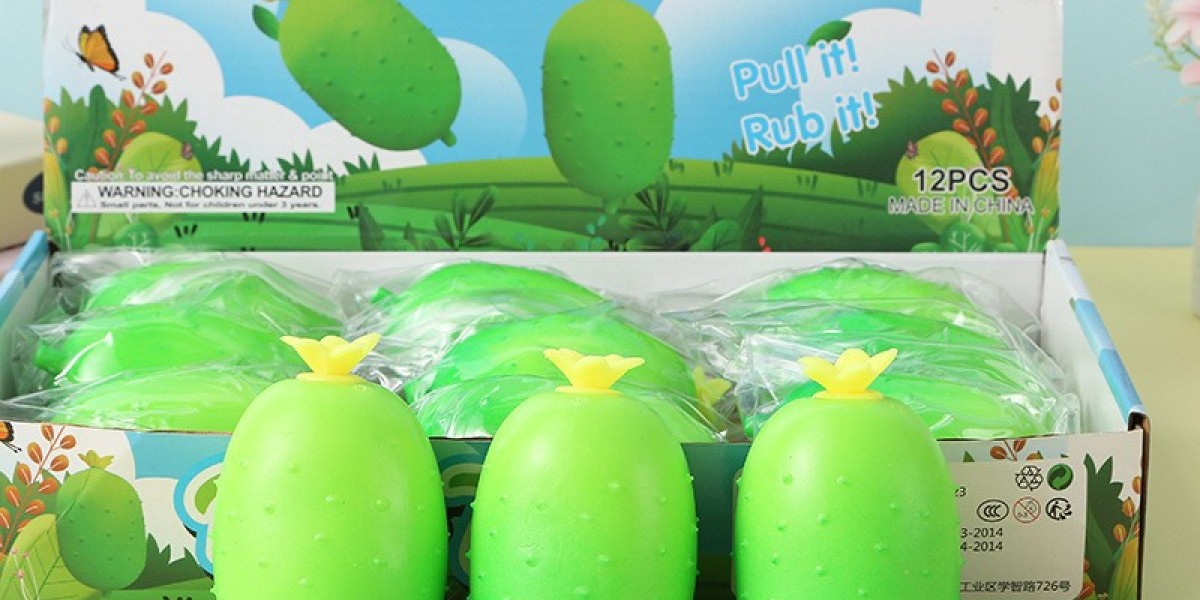In 2023, the global wound care market reached an estimated valuation of USD 22.25 billion and is projected to expand at a compound annual growth rate (CAGR) of 4.17% from 2024 to 2030. This growth is fueled by a rise in surgical procedures and a higher prevalence of chronic diseases worldwide. Additionally, the market is significantly impacted by the increasing incidence of diabetes, largely due to more sedentary lifestyles. According to the Centers for Disease Control and Prevention (CDC) as of April 2023, 37.3 million Americans have diabetes, with another 96 million adults classified as prediabetic. This high prevalence of diabetes has led to increased demand for wound care products, especially to treat diabetic foot ulcers—a common complication for those with diabetes.
Wound care products are essential in treating diabetic foot ulcers, which, if left untreated, can lead to severe complications such as amputations. The National Institutes of Health (NIH) reported in August 2023 that diabetes is a primary cause of non-traumatic amputations in the U.S., affecting approximately 5% of diabetes patients, with around 1% ultimately requiring amputation. Hydrocolloid dressings, for instance, are widely used in wound care due to their moisture retention properties, which promote internal and external wound healing. They are also highly effective in absorbing necrotic tissue, which is beneficial for managing surgical site infections. Due to their effectiveness, wound care products have become a standard choice among healthcare providers, further propelling the market's growth.
Gather more insights about the market drivers, restrains and growth of the Wound Care Market
Regional Insights
North America:
North America held the largest market share, accounting for 45.5% in 2023, and is anticipated to witness considerable growth throughout the forecast period. A substantial patient base and a growing geriatric population in countries such as the U.S. are major drivers of market growth in this region. Elderly individuals are more susceptible to wound complications, which drives demand for wound care solutions. According to a United Health Foundation report published in May 2023, there are over 55.8 million adults aged 65 and older in the U.S., representing about 16.8% of the population in 2021. The demand for wound care products is also supported by the rising number of road accidents and the availability of skilled healthcare professionals in North America.
Asia Pacific:
The Asia Pacific wound care market is expected to grow at the highest CAGR of 4.8% over the forecast period, largely driven by the region's developing economies, including China, India, and Japan. Rising lifestyle-related health issues have increased the incidence of chronic diseases such as diabetes and cancer, which in turn drives demand for wound care products. Additionally, rapid advancements in medical technology, a growing geriatric population, and a surge in medical tourism have bolstered the region's wound care market. Many countries in the Asia Pacific have also seen increased awareness of wound care options and improved access to healthcare, which further supports this rapid growth.
India;
India's wound care market is expected to grow at a robust CAGR of 6.15% over the forecast period. Key factors supporting this growth include a large target population, the high prevalence of chronic diseases, and rising healthcare awareness. According to Down to Earth, as of December 2021, India had 74.2 million diabetic individuals aged 20–79, a figure projected to reach 124.8 million by 2045. The increase in medical tourism in India has also driven demand for wound care solutions, as the influx of medical tourists raises the number of surgeries and treatments conducted. Additionally, the market in India is marked by ongoing innovation, strategic collaborations, and a strong focus on affordable healthcare solutions, all of which contribute to sustained market expansion.
Browse through Grand View Research's Category Medical Devices Industry Research Reports.
- The global silver wound dressing market size was estimated at USD 1.03 billion in 2024 and is projected to grow at a CAGR of 4.7% from 2025 to 2030.
- The global pain management devices market sizewas estimated at USD 7.65 billion in 2024 and is anticipated to expand at a CAGR of 9.4% from 2025 to 2030.
Key Companies & Market Share Insights
The wound care industry is characterized by its fragmented nature, with a mix of both small and large manufacturers operating in the market. This fragmentation contributes to a high level of competitive rivalry, which is expected to intensify over the forecast period. The growing number of players in the market means companies must continuously innovate and differentiate themselves to maintain or enhance their market position.
One of the primary strategies adopted by companies in the wound care industry is heavy investment in research and development (R&D). By focusing on innovation, companies aim to introduce new products that cater to the evolving needs of healthcare providers and patients. Advanced wound dressings, bioactive dressings, and cutting-edge technologies such as smart dressings and 3D printing are key areas where companies are focusing their R&D efforts. These innovations aim to improve wound healing, reduce recovery times, and enhance overall patient outcomes.
Key players in the wound care market often have diversified product portfolios that include a broad range of wound management solutions such as dressings, bandages, topical agents, and medical devices. This product diversity enables companies to address various aspects of wound care, from initial wound management to post-healing recovery. By offering a wide array of products, companies can cater to different types of wounds (e.g., chronic, surgical, traumatic), as well as varying patient needs.
Technological advancements are also central to differentiating companies in the competitive landscape. The adoption of smart dressings, which can monitor and report wound status in real-time, and the use of 3D printing technology to create customized wound care products are just a few examples of how companies are incorporating cutting-edge technology. Moreover, the integration of telemedicine solutions into wound care, allowing healthcare providers to remotely monitor patient progress, is another key technological trend.
Given the dynamic nature of the wound care market, keeping up with technological advancements, regulatory changes, and emerging market trends is essential for maintaining competitiveness. As companies strive to meet the ever-evolving demands of healthcare providers and patients, the need for innovation, quality, and regulatory compliance will be pivotal in shaping the future competitive landscape of the wound care industry.
Key Wound Care Companies:
The following are the leading companies in the wound care market. These companies collectively hold the largest market share and dictate industry trends. Financials, strategy maps & products of these wound care companies are analyzed to map the supply network.
- Smith & Nephew
- Mölnlycke Health Care AB
- Convatec Group PLC
- Ethicon (Johnson & Johnson)
- Baxter International
- DeRoyal Industries, Inc.
- Coloplast Corp.
- Medtronic
- 3M
- Integra LifeSciences
- Medline Industries, Inc.
- B. Braun Melsungen AG
- Cardinal Health, Inc.
- Organogenesis Inc.
- MIMEDX Group, Inc.
Order a free sample PDF of the Market Intelligence Study, published by Grand View Research.



